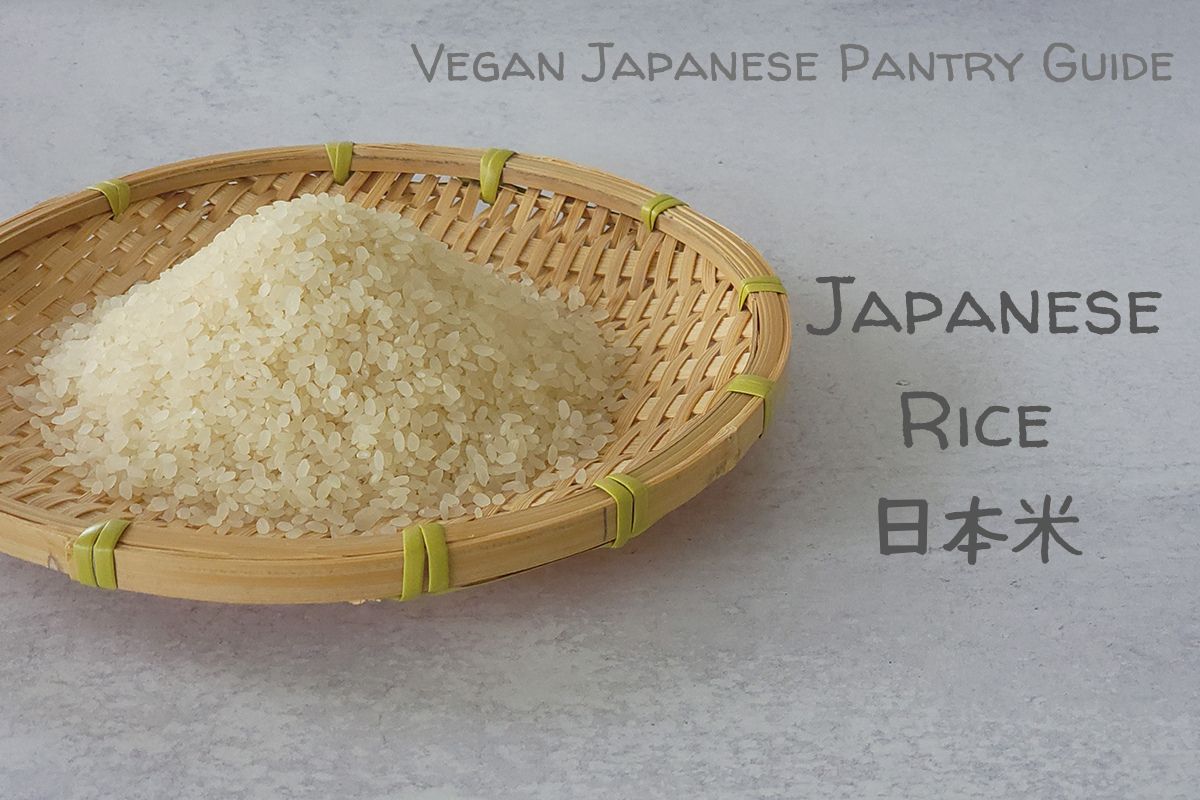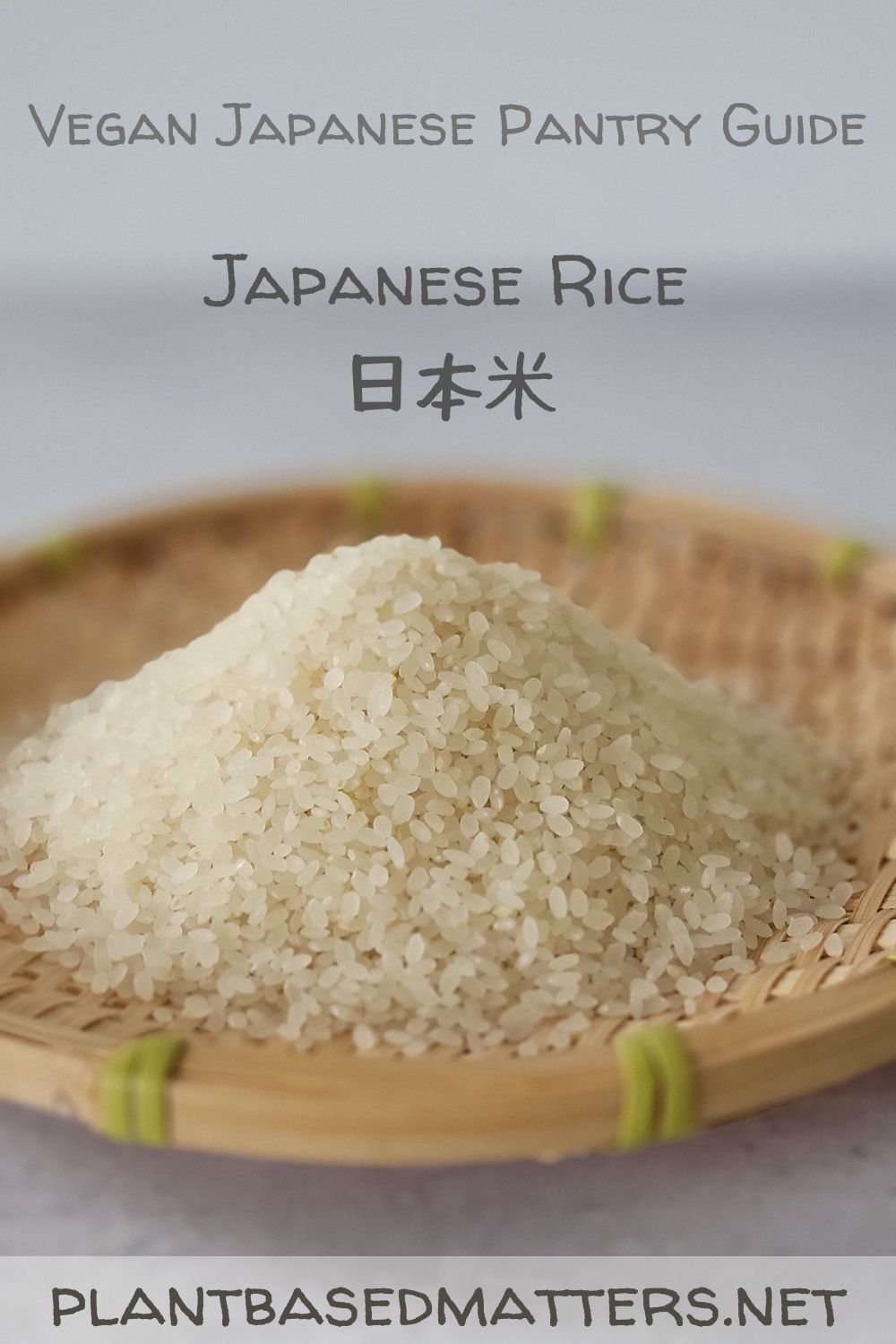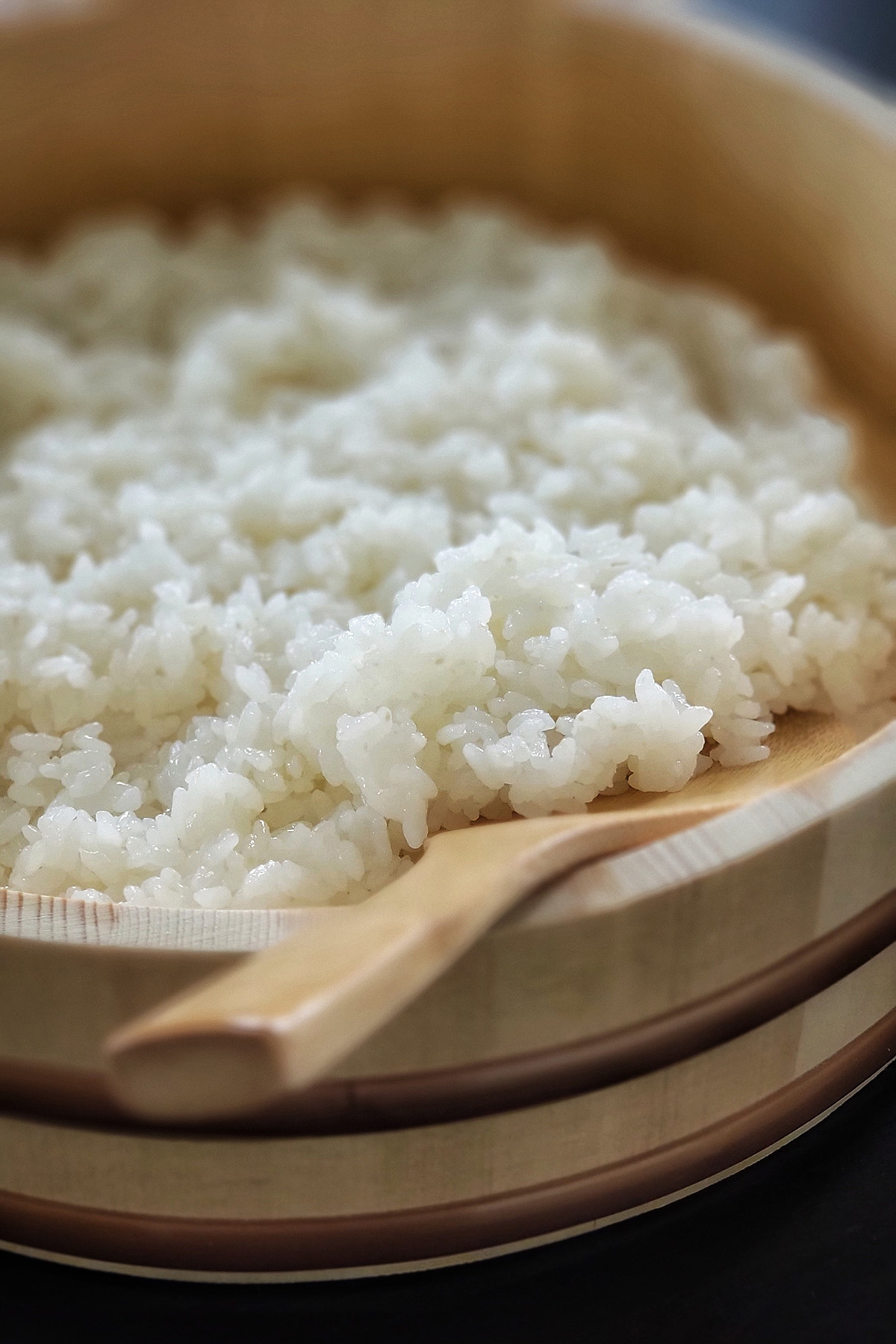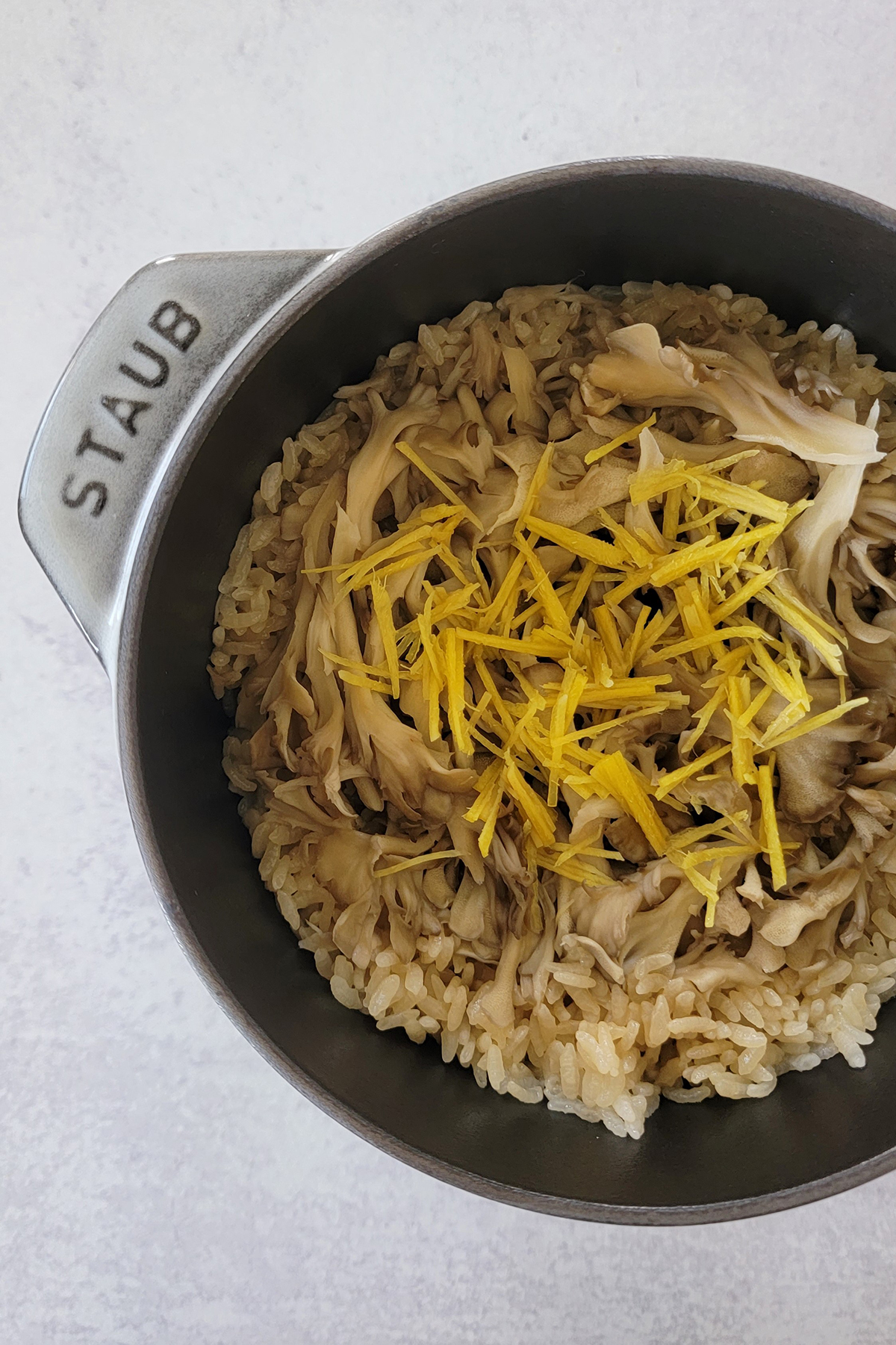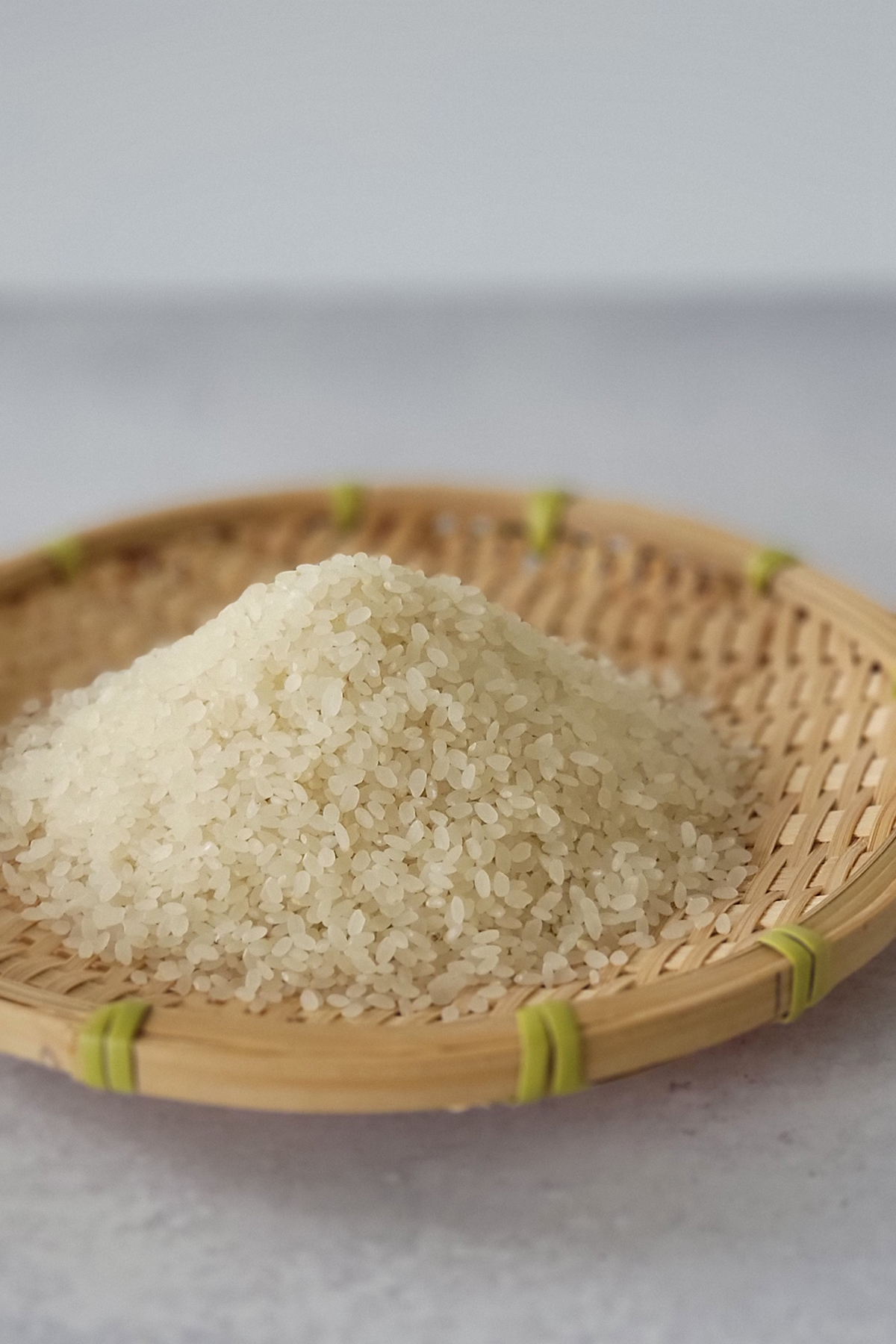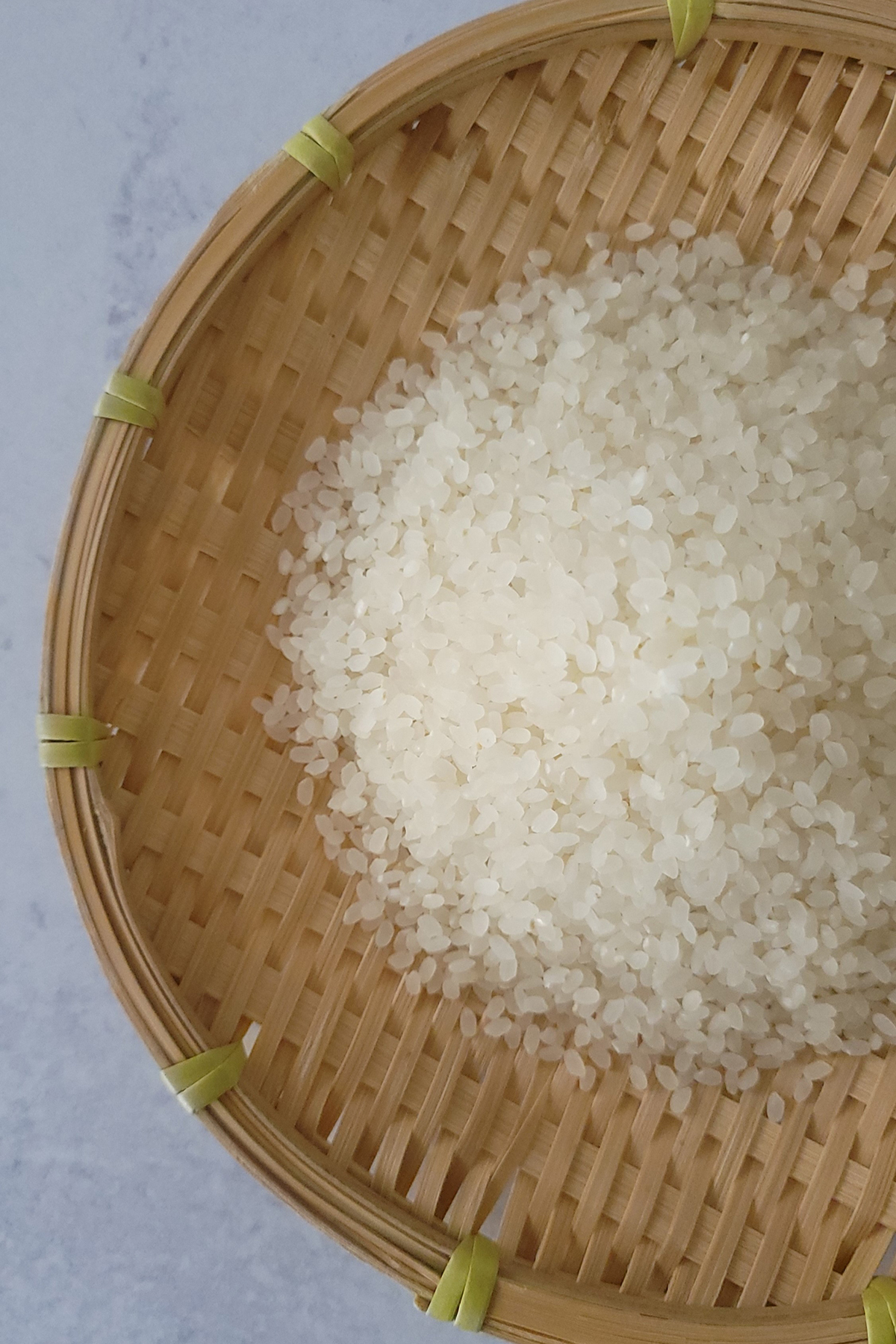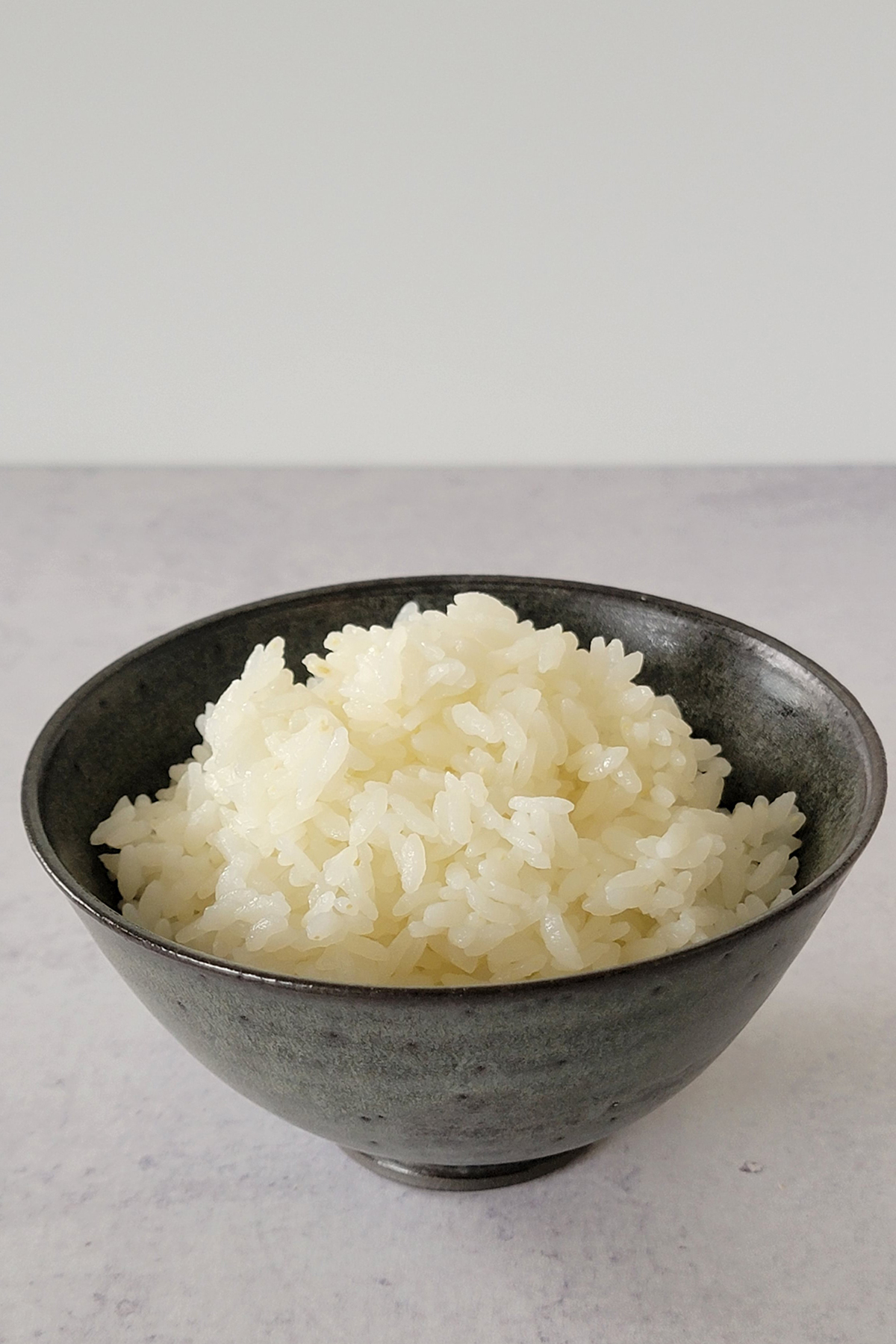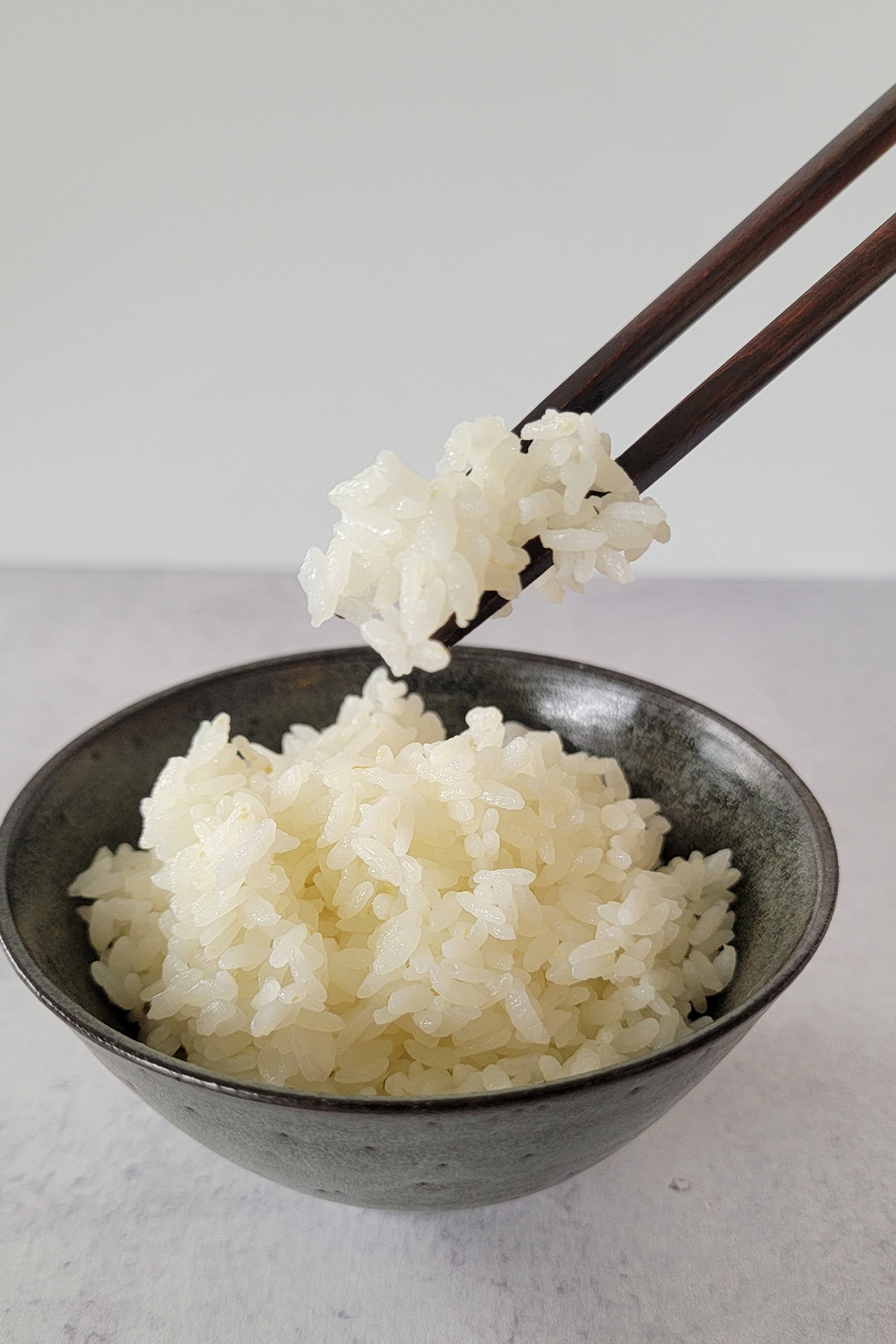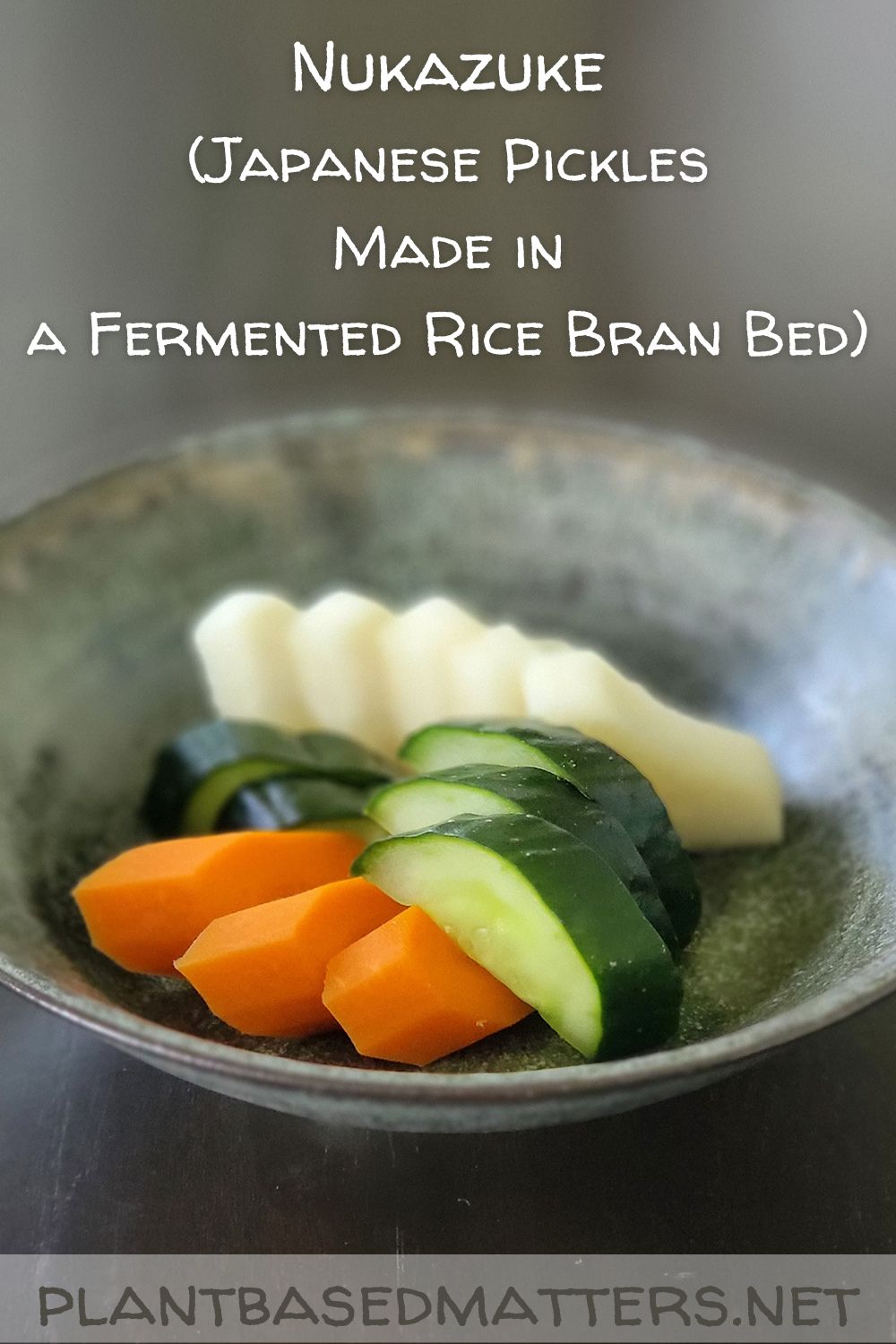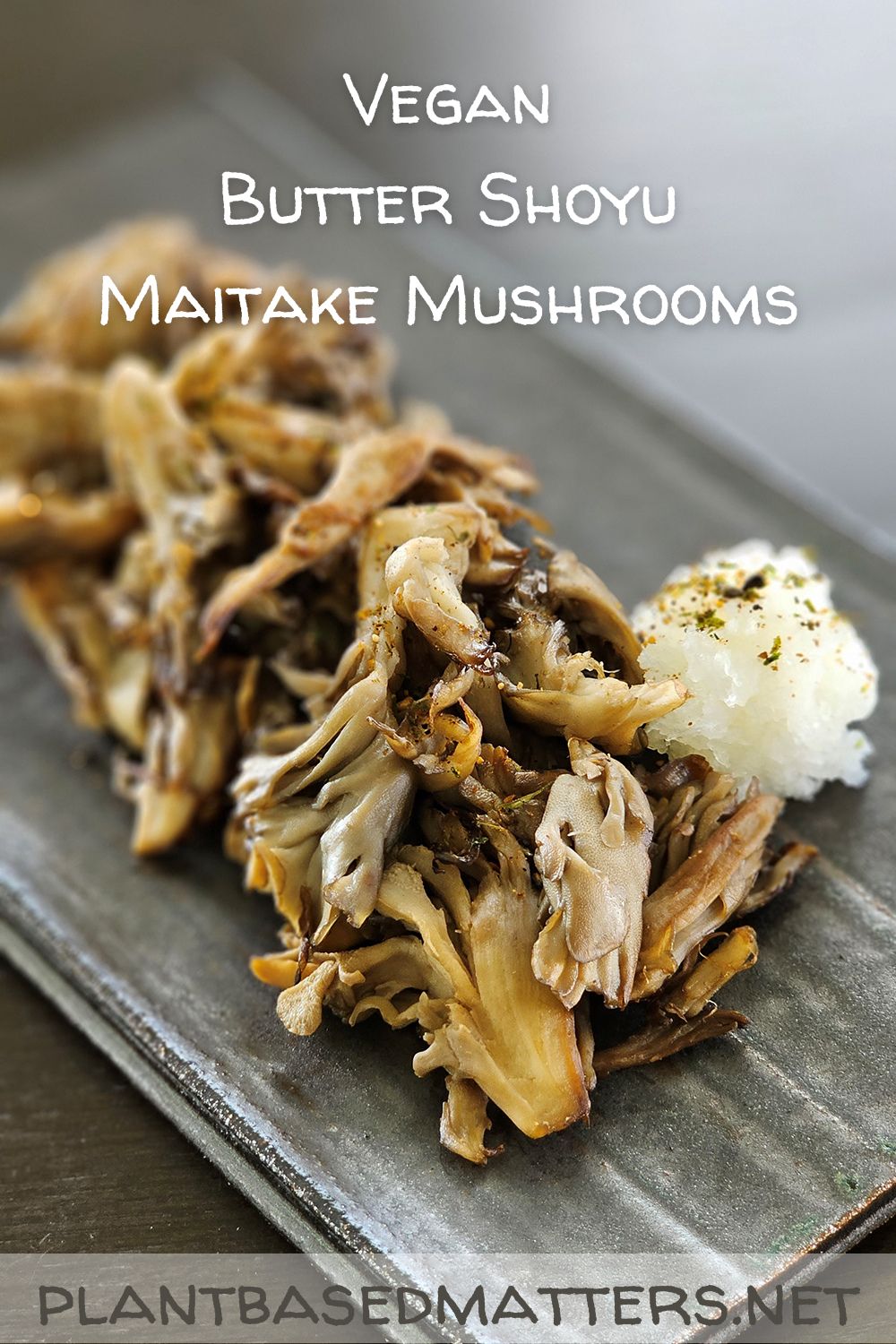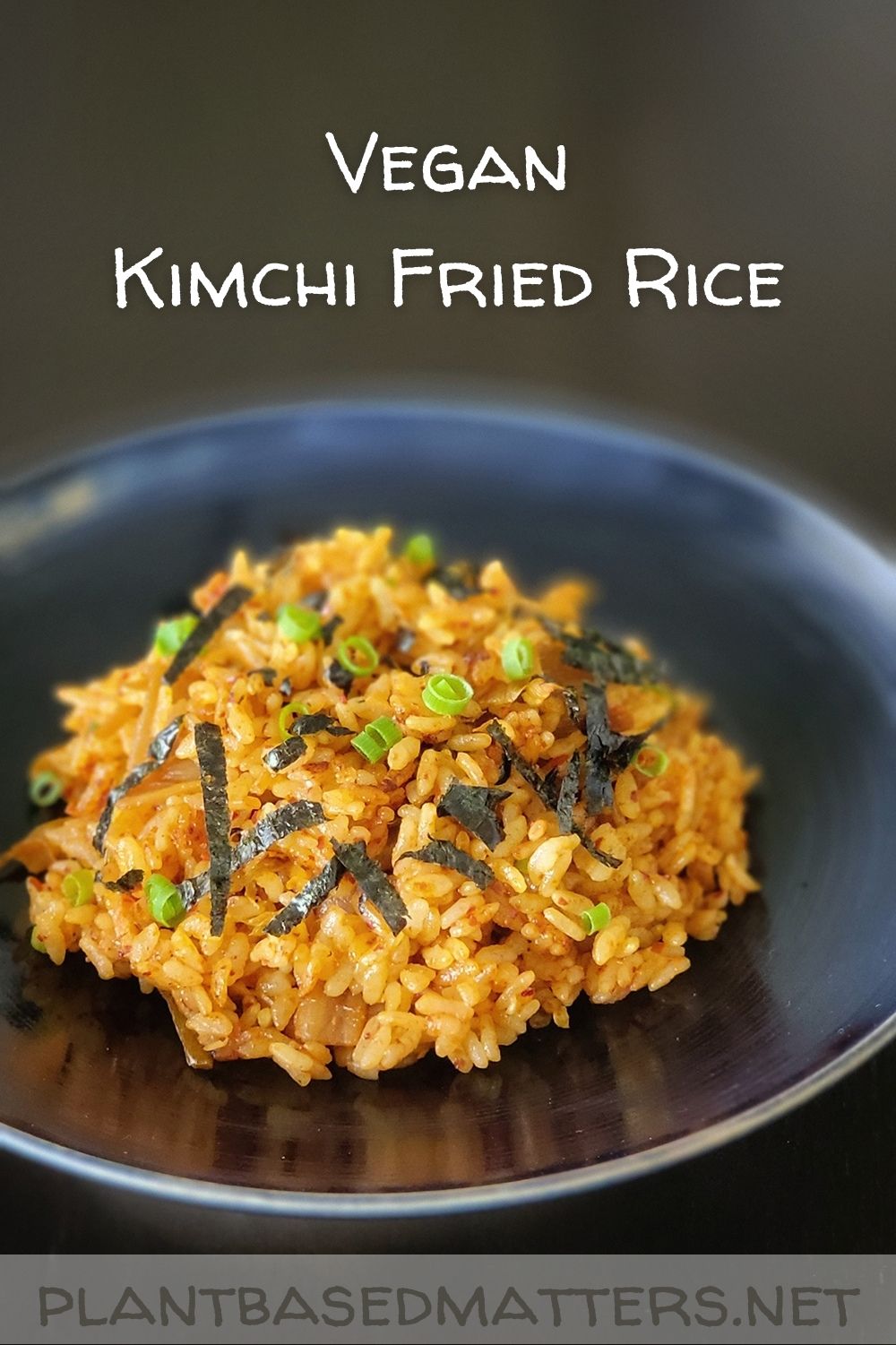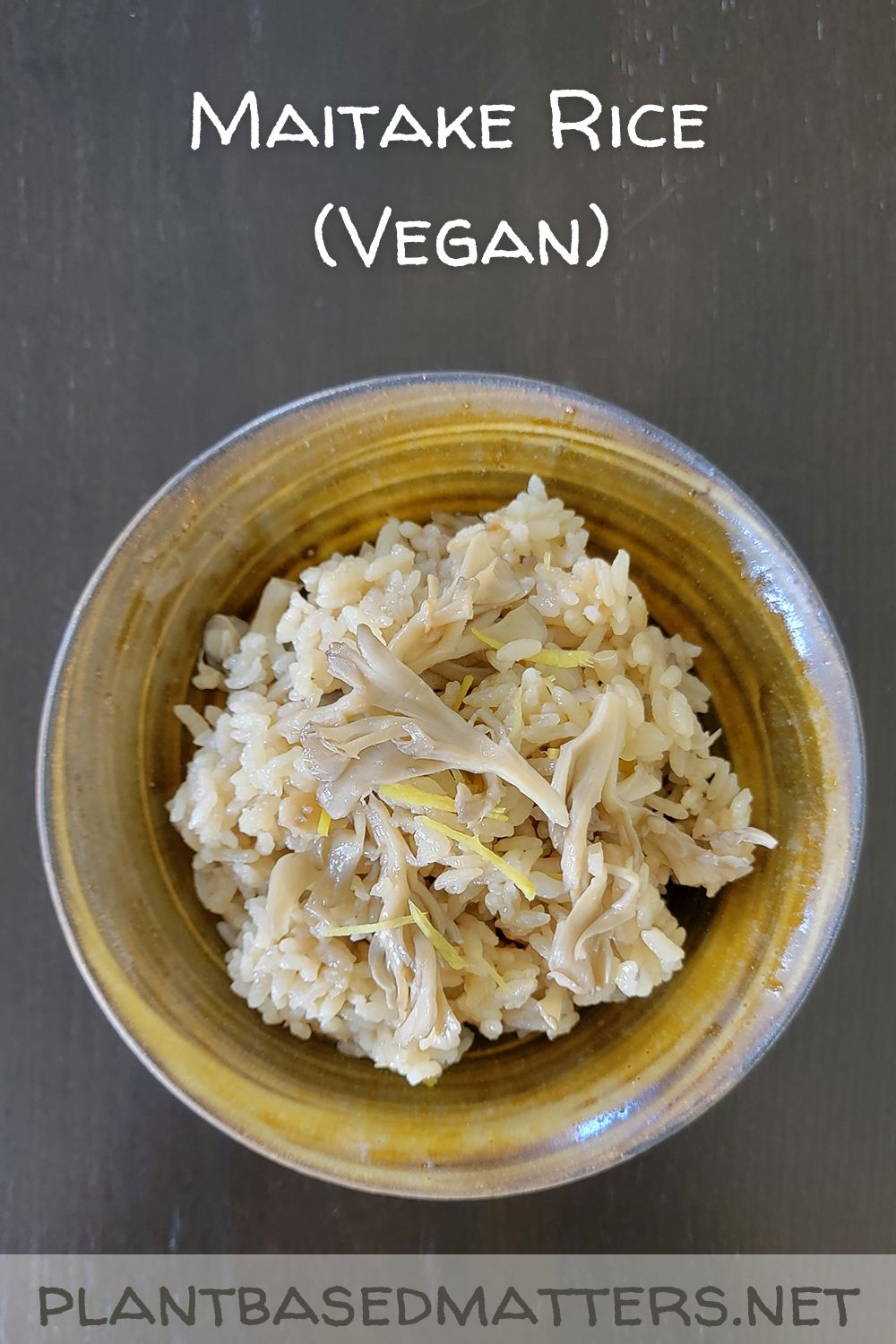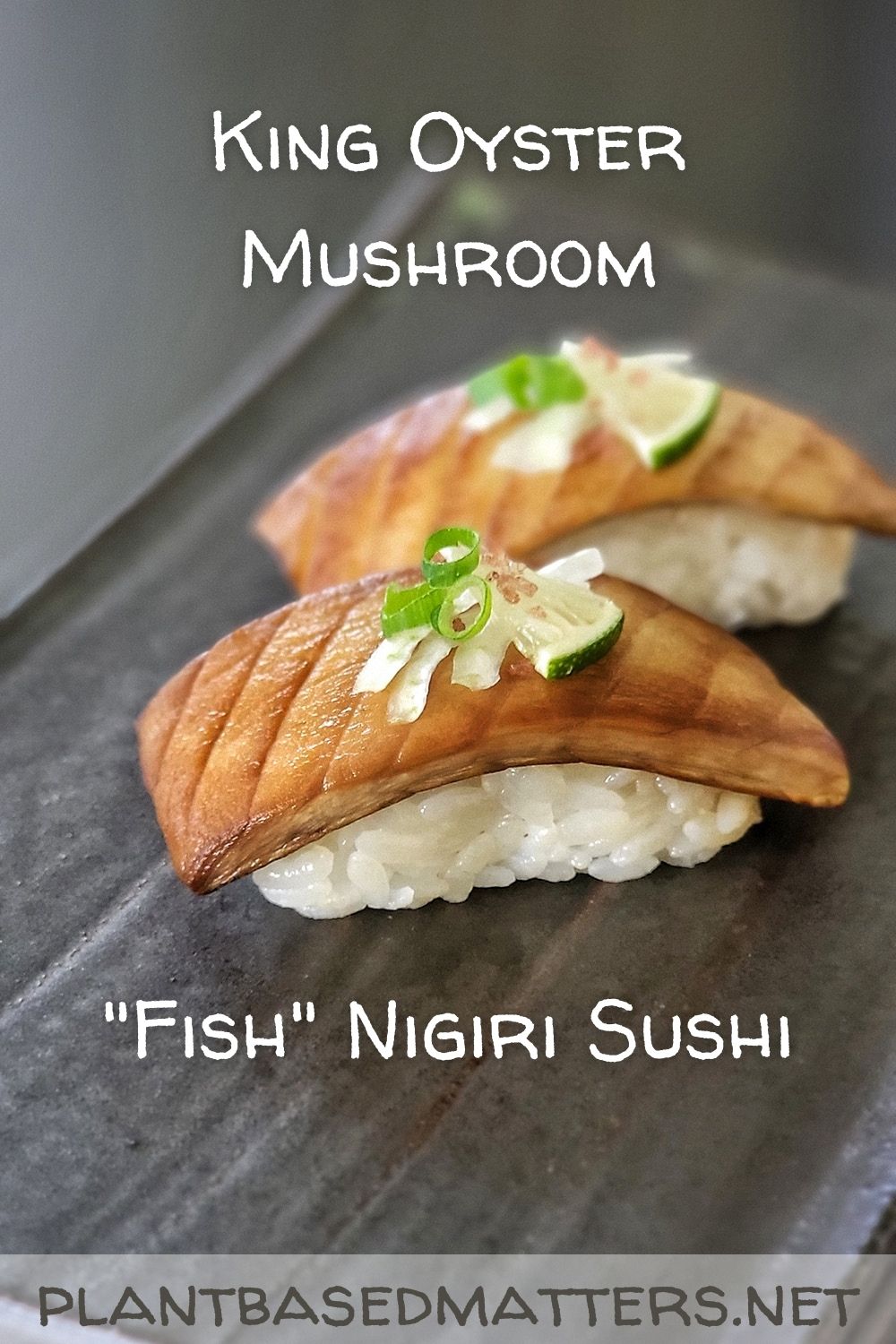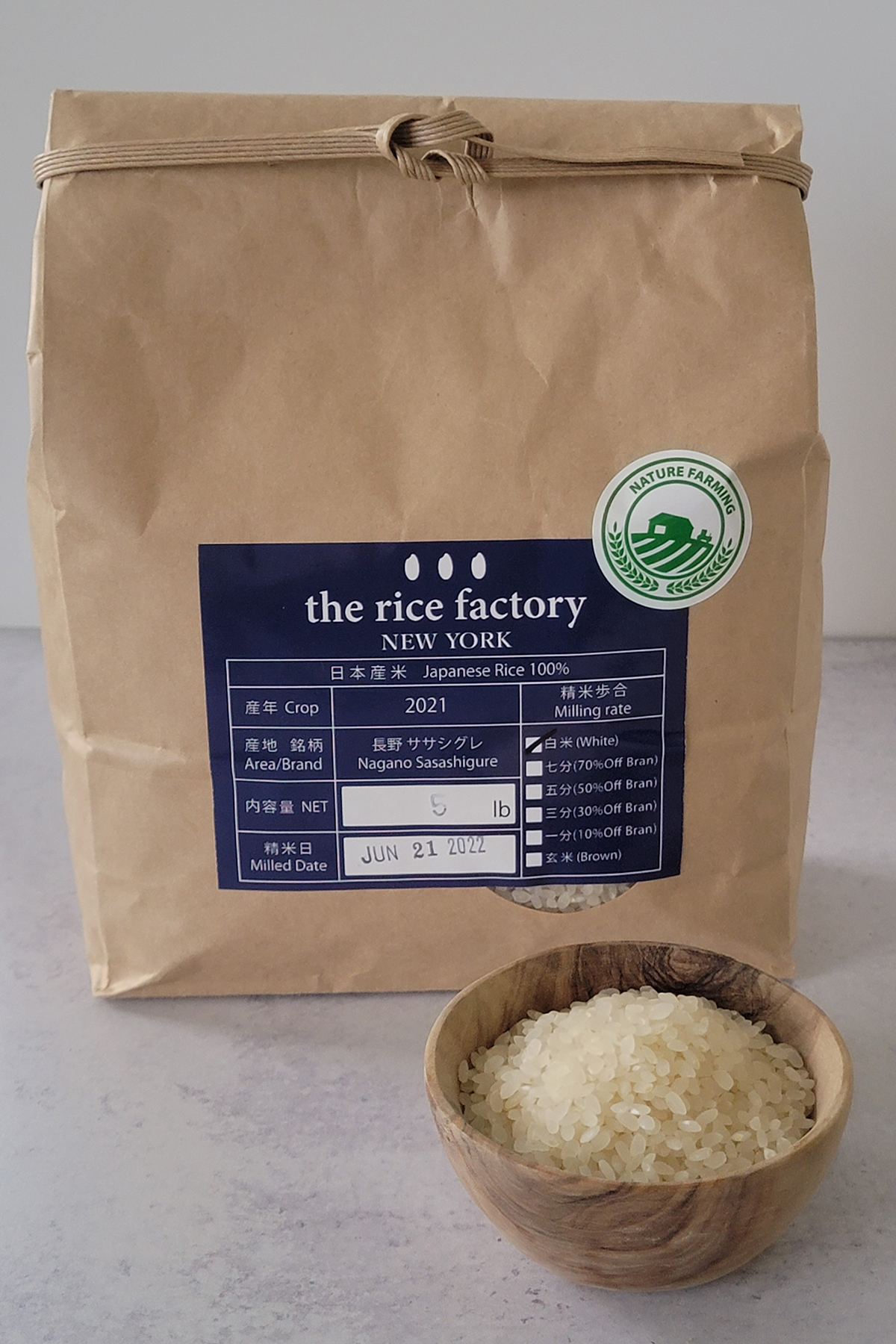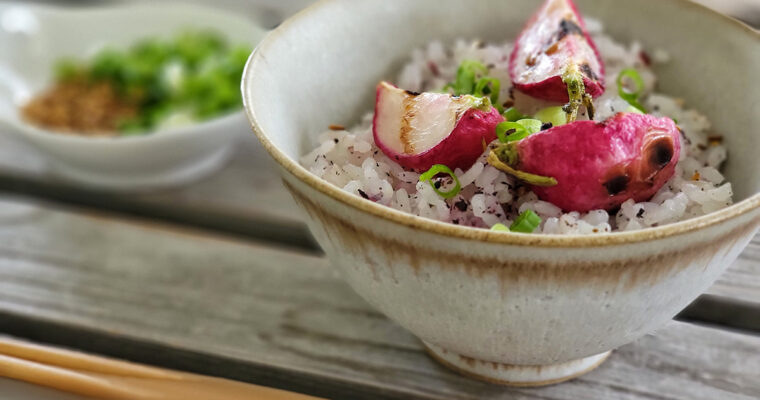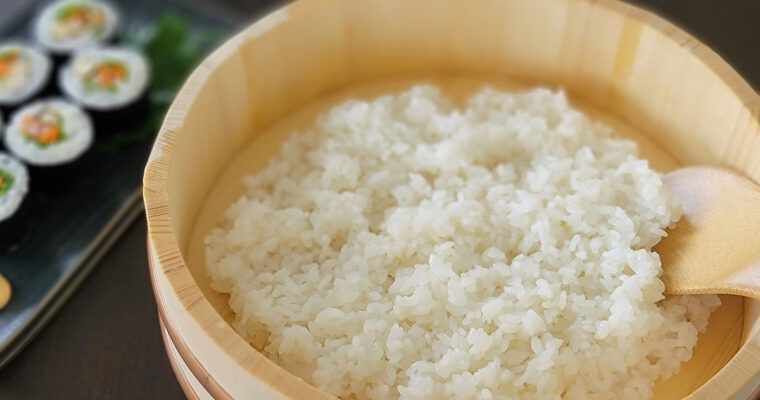Last Updated on October 29, 2023
Japanese-style meals can’t be complete without a bowl of rice. Rice is a staple in Japanese cooking and eaten at every meal. In this post, you’ll find some of my recommendations and how to eat rice.
Rice: The Heart of Japanese Food Culture
What type of Japanese food do you like? Perhaps, you love sushi, ramen, udon, soba, and okonomiyaki etc.. But if you’d ask the same question to the Japanese people, the majority would say “rice.”
Most typical Japanese meals consists of a bowl of rice, miso soup and some side dishes. Being Japanese, rice is what we eat everyday (many cases 3 times a day) and the Japanese people truly take pride of our rice culture.
What makes Japanese food iconic is the RICE.
As you may know, rice in Japan is not considered a side dish but it’s actually the main dish!
Being a native Japanese, I grew up eating rice everyday and sometimes eat rice for a snack after school. My mom would always prepare rice everyday for breakfast, lunch (for bento), and dinner. When she was busy and forgot to set the timer for the rice cooker, she’d call me from work and tell me to prepare rice so it’s ready in time for the family dinner.
Even if we don’t have anything to cook or eat, as long as we have rice, we can figure out the rest to make a complete meal!
Types of Japanese Rice
First of all, let’s talk about one of the broad categories to choose the rice from which are:
- Non-glutenous rice (uruchi rice)
- Glutenous rice (mochi rice)
- Ancient rice/Multigrain (zakkoku rice)
Non-glutenous rice is what we normally eat as a typical “Japanese rice.” It’s slightly sweet, bouncy, sticky but not as sticky as the glutenous rice aka mochi rice. Ancient/multigrain rice is quite uncommon but some prefer to eat as a part of healthy diet.
In this post, I focus on the non-glutenous rice as referred to as “Japanese rice.”
Japanese rice is typically available either polished or unpolished. Polished rice is what we know as “white rice” and unpolished one is “brown rice.”
Choice of your favorite rice is totally personal. I personally love white rice so that’s my choice of rice and that’s what I cover in this post in regards to tastes and recipes.
General Profile of Japanese Rice
Taste & Texture
Japanese rice is short-grain rice. It has a pleasant chewiness (stickiness) to it. Good Japanese rice is plump when cooked, and the sweetness enhances as you keep chewing it.
In elementary school, I remember leaning about how the starch is developed accompanied by the sweetness by just chewing cooked rice! You will be amazed how sweet Japanese rice can be.
The sweetness of Japanese rice works very well because of the flavor elements of Japanese food: Sweet & Savory.
Aroma
Japanese rice isn’t aromatic like basmati rice or jasmine rice. Although, it has its own aroma but it’s so mild compared to other rice from all around the world.
There are many brand of Japanese rice available. I’ll cover more on this in the next section. While they’re similar in flavor, some has more/less chewiness and sweetness. It’s fun to try different brands and prepare them plain. Then, have a taste of each one to compare just like wine tasting.
Brands (Variety) of Japanese Rice
What’s unique about the Japanese rice is there are SO MANY variety of Japanese rice brands for you to choose from. Many rice brands are region specific and farmers take pride in cultivating their own rice that sets apart from other ones.
Some of the examples are:
- Koshihikari [コシヒカリ]
- Sasanishiki [ササニシキ]
- Akitakomachi [あきたこまち]
- Hitomebore [ひとめぼれ]
- Sasashigure [ササシグレ]
- Koshiibuski [こしいぶき]
- Tsuyahime [つや姫]
- Nikomaru [にこまる]
- Yumepirika [ゆめぴりか]
- Milky Queen [ミルキークイーン]
- Nanatsuboshi [ななつぼし] etc.
My personal favorites are Koshihikari, Akitakomachi, Sasashigure, and Nikomaru. All my rice recipes on the blog is made with one of those four brands.
If you aren’t sure where to start, try Koshihikari which is the most widely known Japanese rice. Koshihikari is, in my personal opinion, a all-rounder that’s suitable for making any Japanese dishes.
Ways to Enjoy Japanese Rice
Plain Rice
I have many Japanese side dish recipes on this blog. Although, they’re great on their own, it’s best if they’re accompanied by a bowl of rice which is always served in a personal size rice bowl.
Japanese rice for a typical Japanese meal is prepared plain. That means no seasonings and/or oils.
Having no seasonings makes perfect sense to eat with Japanese side dishes because they’re typically salty. To offset the saltiness of the side dish, the plainness of white rice is a great companion. For example, nukazuke pickles is one of them. After taking a bite of nukazuke pickles, you would immediately want to chase the flavor of pickles followed by a bite of rice.
Of course, it’s a great accompaniment for any stir-fried veggies, butter soy sauce maitake mushrooms, and natto.
Plain rice also makes great onigiri (Japanese rice balls.)
Seasoned Rice
While plain rice is simple and delicious, Japanese rice makes good fried rice like my mom’s garlic fried rice and kimchi fried rice.
You can also make seasoned rice (mixed rice) called “takikomi gohan” like maitake rice.
Not to mention, rice is a main ingredient for making great sushi like king oyster nigiri. In this case, rice is seasoned with a vinegar mixture and that makes the rice sushi rice (called sumeshi.)
Whether it’s a simple bowl of plain rice, fried rice, or sushi rice, it all starts with choosing a right Japanese rice to use!
Where to Buy Japanese Rice
If you live in the U.S., I can not recommend you enough to check out the rice factory New York.
The rice factory New York is a one-stop-shop for all your needs for making great Japanese food. They have excellent selections of Japanese rice imported from Japan.
What’s exceptional and unique about their rice is milled-to-order. They import rice from Japan then milled in house per order. You can even choose as they call “milling rate” from:
- White
- 70 % milled
- 50 % milled
- 30% milled
- 10% milled
- Brown
That means your choice is not just either white or brown rice.
For example, if you like eating more whole grain but hesitant about the taste of brown rice, you could go for 10-30% milled. On the other hand, if you like white rice like me but to have a little benefit of eating brown rice, go for 70% milled. If you want to get good part of both the taste and the health benefit, go for 50%. You get the idea.
Not to mention, you can find both conventional and organic! I highly recommend checking them out.
